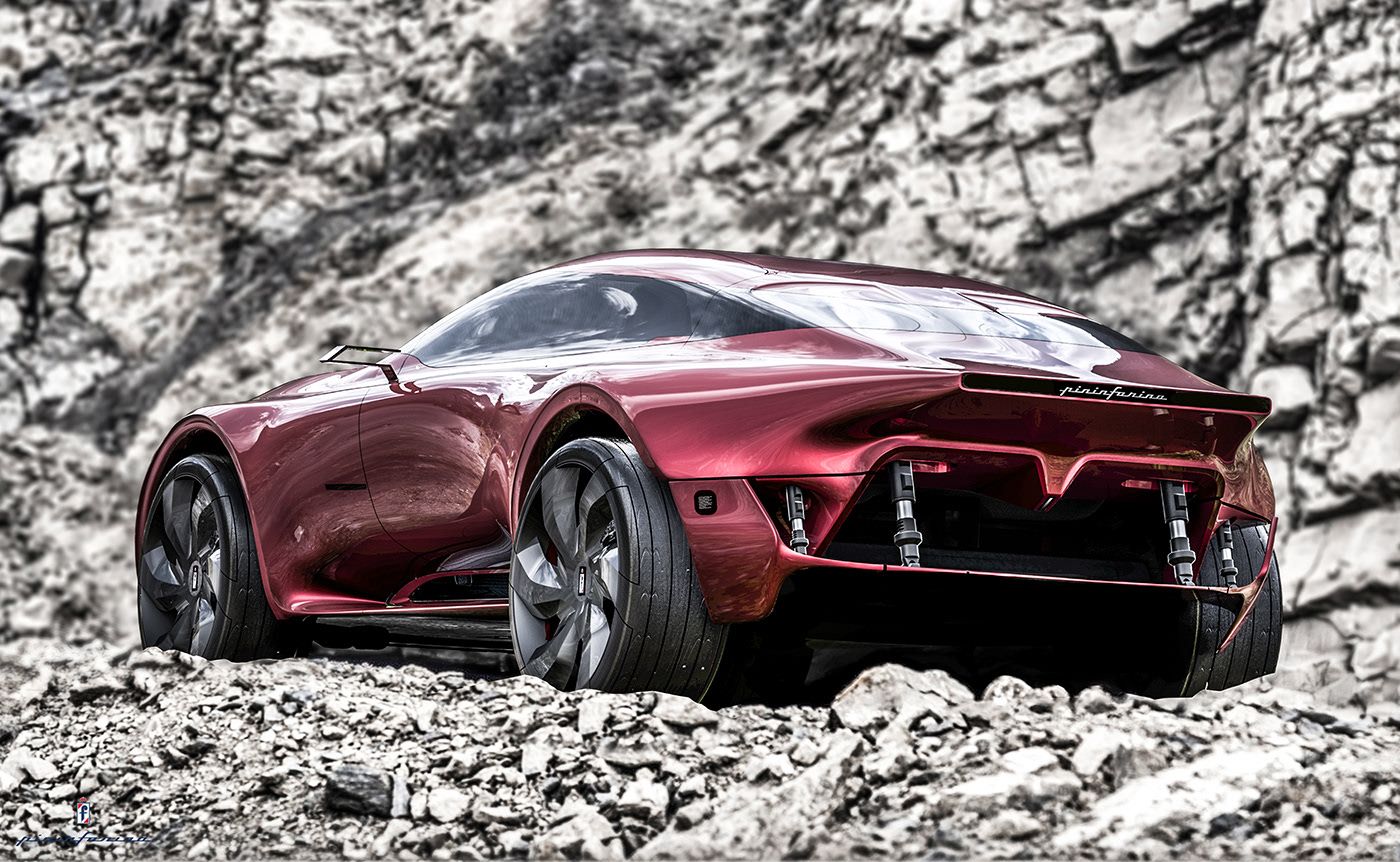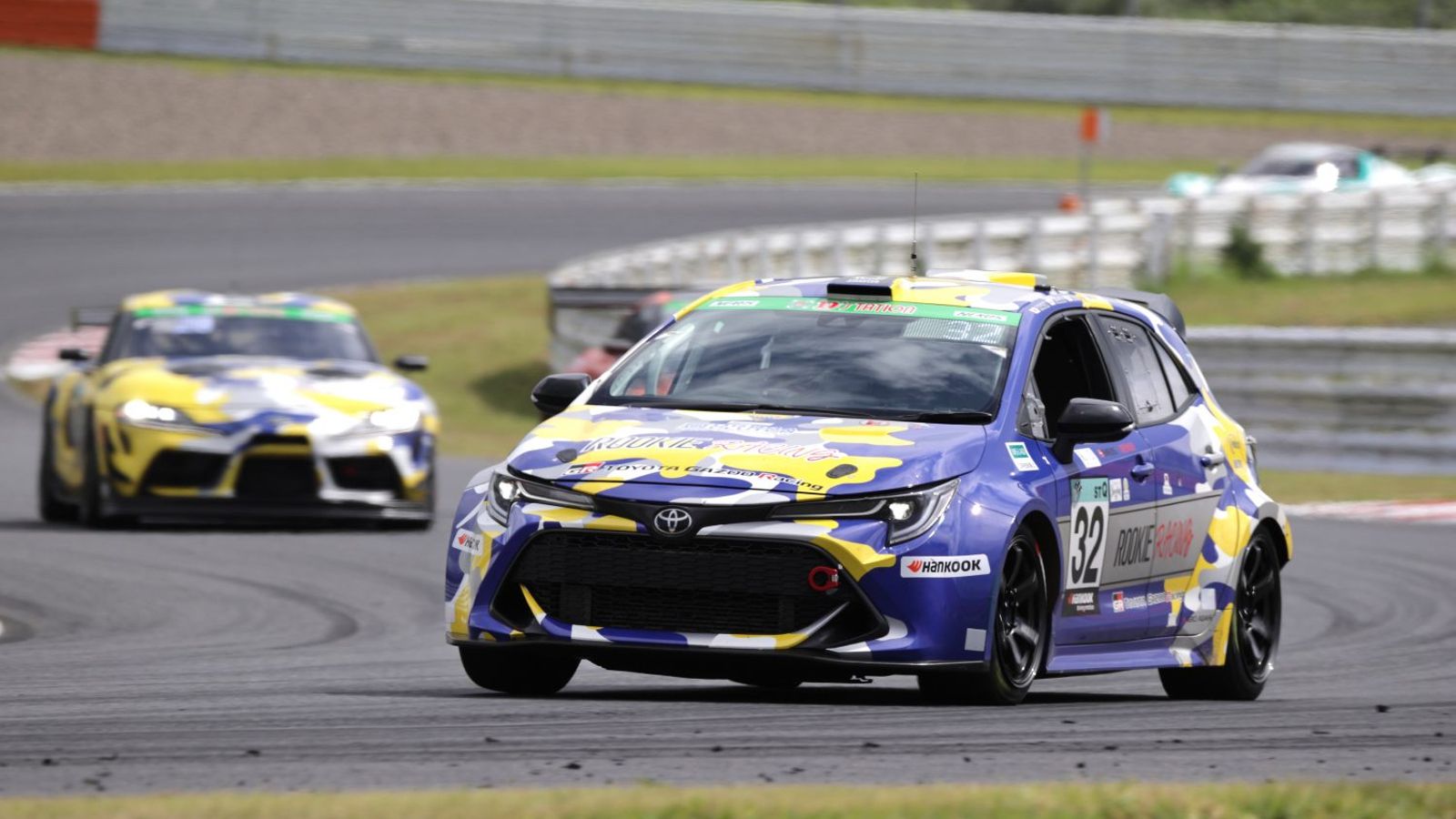[ad_1]
The name Pininfarina evokes images of elegance, speed, and innovation. For over 90 years, the Italian design house has penned some of the most iconic automobiles ever created, from the Ferrari Testarossa to the Alfa Romeo 164. Founded in 1930 by Battista “Pinin” Farina, the company quickly established itself as a leader in automotive design, renowned for its blend of Italian flair and cutting-edge aerodynamics. Collaborations with legendary marques like Ferrari and Maserati cemented Pininfarina’s reputation for crafting timeless automotive masterpieces.
However, Pininfarina’s vision has always transcended mere aesthetics. The company has a long history of embracing new technologies and pushing the boundaries of design. In the 1960s, they were involved with the production of Alfa Romeo’s Tipo 33 Stradale, a mid-engined sports car that utilized lightweight composite materials – a pioneering concept at the time. This spirit of innovation continues to guide Pininfarina today, leading them to explore the potential of hydrogen fuel cell technology.
The interest in hydrogen stems from its unique properties. Unlike traditional fossil fuels, hydrogen produces no harmful tailpipe emissions, offering a cleaner and more sustainable alternative for transportation. This aligns perfectly with Pininfarina’s commitment to environmental responsibility, a value that has grown increasingly important in recent years.

How Hydrogen Combustion Engines Will Challenge The EV Market At Its Core
Hydrogen combustion engines challenge EVs with rapid refueling, longer range, and broader sustainability.
In order to give you the most up-to-date and accurate information possible, the data used to compile this article was sourced from Pininfarina, NamX, ScienceDirect, and other reliable sources. The quotes in this article were sourced from NamX’s dedicated website for the Hydrogen SUV.
A Shared Vision For Greener Mobility
The automotive industry is experiencing a period of significant transformation, driven by the urgent need for cleaner and more sustainable transportation solutions. Recognizing this shift, Italian design house Pininfarina and newcomer NamX have joined forces in a collaboration focused on hydrogen technology. This partnership, built on a shared vision for a greener future, brings together Pininfarina’s design expertise with NamX’s commitment to innovative clean mobility solutions.
For five years, the NamX teams have been working on the Premium hydrogen car concept. Starting from nothing, we have developed a project based on our convictions, our values, but also our passion. We like to keep moving, and we know that the automotive industry cannot continue to evolve in the same way as it did a few decades ago. We are facing new environmental challenges that no longer allow us to simply design new thermal cars. From the outset, we wanted to facilitate mobility while making it greener. To achieve this, we have surrounded ourselves with great names in the automotive field, such as Pininfarina.
Shared Values, Distinct Approaches
While both companies are united in their vision for a more sustainable future, their approaches differ. NamX, as a new entrant, embodies a spirit of disruption and exploration. Their focus lies on pushing boundaries and introducing innovative solutions, as reflected in their company mantra: “X for exploration, X for experience.” Hydrogen technology, with its potential for long range and rapid refueling, aligns perfectly with its mission to provide new perspectives in the automotive world.
Pininfarina, on the other hand, brings a rich heritage of design excellence and a deep understanding of the automotive industry. Their involvement in hydrogen technology signifies a willingness to embrace change and leverage their expertise for a greener future. This established player brings invaluable experience and a refined design sensibility to the table.
The Convergence Of Visions
The impetus for this collaboration arose from a mutual recognition of the potential of hydrogen technology. NamX, seeking to create a groundbreaking hydrogen SUV with exceptional performance and range, identified Pininfarina’s design expertise as the ideal complement to its vision. This partnership goes beyond a mere business transaction; it represents the convergence of two distinct yet complementary approaches to achieving a shared goal: a more sustainable future for transportation.
The company said, “Our innovative concept aims to make green hydrogen accessible everywhere. Not only because it represents an undeniable alternative to fossil fuel vehicles, but above all because it is currently the cleanest solution available to the automotive sector.”

Does This Rendering Accurately Predict Pininfarina’s Future?
It’s staggering work from a talented up-and-coming designer
Spearheading The Hydrogen Revolution
Partnering with automotive startup NamX, Pininfarina’s expertise in design and engineering is being applied to propel the development of NamX’s hydrogen-powered SUV and its supporting infrastructure.
- Range Extension: One of the primary concerns surrounding hydrogen vehicles is their perceived limited range compared to gasoline-powered counterparts. NamX’s innovative “CapX” hydrogen capsules, designed in collaboration with Pininfarina, address this concern by offering a range of up to 800 km, exceeding the average driving range of most gasoline-powered SUVs. This extended range could potentially alleviate concerns about “range anxiety” and encourage wider adoption of hydrogen vehicles.
- Accessibility And Infrastructure: NamX envisions a future where hydrogen refueling is as convenient and accessible as gasoline refueling. Their plans include a multi-pronged approach, encompassing hydrogen stations, delivery services, and dedicated “CapXtores” – hydrogen refueling points. This comprehensive approach strives to eliminate the infrastructure barriers that currently hinder the widespread adoption of hydrogen technology. Pininfarina’s design expertise will play a crucial role in shaping the aesthetics and functionality of these refueling solutions, making them not only efficient but also visually appealing and user-friendly.
- Broader Market Disruption: NamX’s ambitions extend beyond simply offering a hydrogen SUV. They aim to disrupt the automotive market by redefining the hydrogen experience. Pininfarina’s involvement adds a layer of design prestige and brand recognition to NamX’s endeavor, potentially attracting a wider audience and accelerating market acceptance.
We know that our HUV is more than just a design. So, together we put innovation at the heart of the project. A whole new creative approach was born. Its design is futuristic and raw, yet conveys infinite mobility. The integration of the capsules at the rear of the vehicle provides a certain amount of elevation, optimizing the vehicle’s power. Alongside our endless passion for cars and design, we like to surround ourselves with the best talent. France is one of the pioneer nations of the automotive industry, and our ambition is to keep it that way. We have called on the best industrial and technical partners in France and the Middle East to create a car with roots around the Mediterranean.

How Toyota’s Water-Cooled Hydrogen Combustion Engine Could Serve As A High-performance Alternative To EVs
Toyota’s water-cooled hydrogen engine aims to challenge EVs with long range, fast refueling, and powerful performance.
A Glimpse At The NamX HUX’s Numbers
The performance figures for Pininfarina’s hydrogen-powered hypercar, the NamX HUV, promise a thrilling driving experience while maintaining a focus on eco-friendliness. The base model, starting at $68,200, boasts a rear-wheel-drive powertrain producing 300 horsepower. This translates to a spirited 0-60 mph time of 6.5 seconds and a top speed electronically limited to 124 mph.
Stepping up to the GTH version unlocks all-wheel drive and a significant power boost to 500 horsepower. This shaves off 2 seconds from the 0-60 mph sprint, dropping it to a mere 4.5 seconds, and elevates the top speed to 155 mph. However, this increased performance comes at a cost, with the GTH version priced at US$99,600.
Pininfarina-NamX HUX Performance Specs
|
Base Model |
GTH Trim |
|
|
Horsepower |
300 hp |
500 hp |
|
TopSpeed |
124 mph (200 km/h) |
155 mph (250 km/h) |
|
0-60 mph (0-100 km/h) |
6.5 seconds |
4.5 seconds |
(Specs sourced from NamX)
While the hydrogen-powered NamX HUV might not leave high-powered EVs in the dust at the starting line, its performance credentials remain impressive, particularly considering its eco-friendly nature. With an anticipated starting date of 2026, the NamX HUV is still in the concept phase, but its performance specifications paint a promising picture for the future of hydrogen-powered hypercars.

GM And Honda Begin Production Of Hydrogen Fuel Cells In Their New U.S. Facility
General Motors and Honda rev up hydrogen fuel cell production in the U.S., aiming for affordability and broader adoption.
The Companies Believe In A Future Powered By Hydrogen
Hydrogen technology has emerged as a promising contender in the race towards a cleaner, more sustainable future. In the automotive industry, its potential to power vehicles with zero tailpipe emissions has garnered significant interest. The collaboration between Pininfarina, the renowned Italian design house, and NamX, a startup specializing in hydrogen cars, exemplifies this growing momentum.
This partnership marks a significant step forward in the development of hydrogen technology, leveraging the strengths of both parties. Pininfarina brings its decades of experience in design and innovation, while NamX…
[ad_2]
Read More: How Italian Design House, Pininfarina, Got Involved In Hydrogen Tech
2024-02-10 21:00:00





